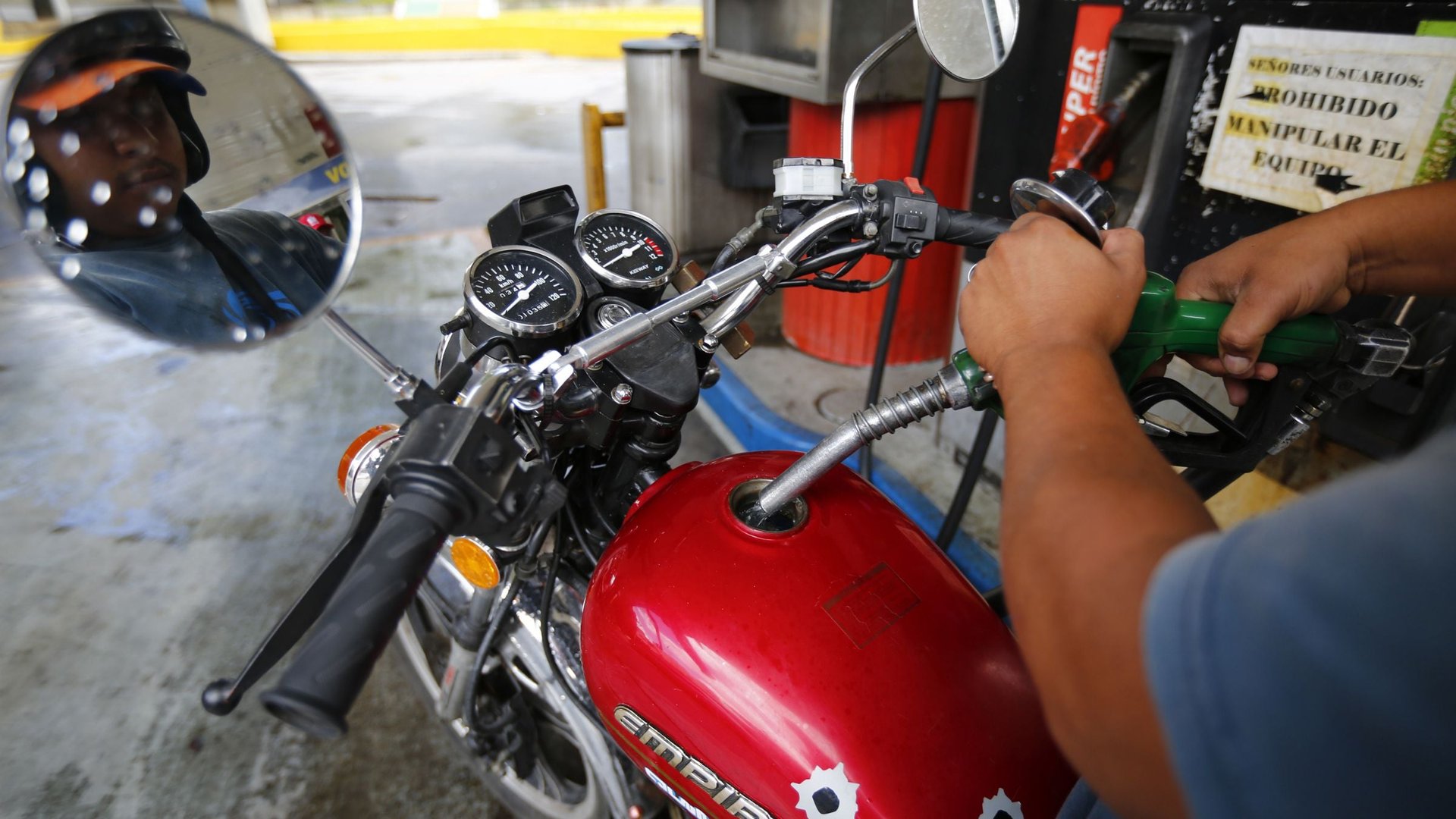Venezuela spends 13% of GDP for cheapest gas on earth
Venezuela has the world’s cheapest gasoline. The pump price runs at roughly $0.05 a gallon. And at black-market currency exchange rates it’s more like $0.01 a gallon, according to a recent economic analysis from Barclays.


Venezuela has the world’s cheapest gasoline. The pump price runs at roughly $0.05 a gallon. And at black-market currency exchange rates it’s more like $0.01 a gallon, according to a recent economic analysis from Barclays.
It might sound nice to the good folks of Norway, Turkey, Hong Kong, and Israel, who pay some of the world’s highest prices for fuel. But there’s no such thing as a free pump—or even a really inexpensive one.
Barclays analysts estimate that nearly free gasoline for consumers costs the government roughly $27 billion in profits it could make by selling that oil on the international markets. That’s roughly 12.5% of GDP, and more than 90% of the country’s total public sector deficit, Barclays says.
And that’s pricelessly why Venezuelan leaders have long wanted to reduce the gasoline subsidy. Even the fiery populist Hugo Chavez thought gas prices should rise.
Venezuela’s new president, Nicolás Maduro, has put motorists on notice that he would like to raise fuel prices. (But more recently he’s sounded reticent, stating interest in starting a national discussion on the topic.)
There’s good reason to tread lightly. An attempt to raise gas prices was blamed for setting off the violent “Caracazo” unrest in February 1989, in which hundreds were killed, largely in a government attempt to put down the riots.
But there are reasons to try again for reforms. With the deficit otherwise pressuring the economy, the government leans on the central bank for funding, though we don’t know for how much (paywall). The central bank duly prints up the money, driving inflation sharply higher. In May, inflation was up roughly 61% in Venezuela, even worse than Argentina. And surging inflation has been a source of social tensions over the last year, including a series of protests this year.
In other words, whether Venezuela raises gas prices or not, there will likely be people in the streets.